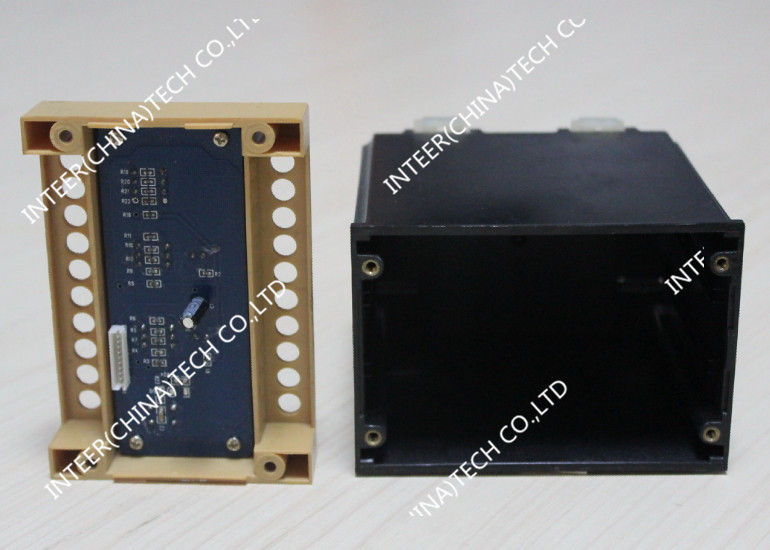Product Details:
Payment & Shipping Terms:
|
| Material: | ABS | Color: | Black And Earth Yellow |
|---|---|---|---|
| Frequency Range:: | 20 KHz To 170 KHz | Dimension: | 100*70*118 Mm |
| Gross Weight: | 460g | Sensitivity: | 10 Grade |
| Channel: | Double | Connection: | 11 Pin Socket |
Cross Road Car Vehicle Magnetic Loop Detector In Harsh Environment
Introduction
ILD-600 is used for wherever vehicles have to be detected, for example for monitoring and safe-guarding
access ways or for counting vehicles. The output signal can be used for controlling door drive mechanisms,
operating barriers, activating card dispensers etc.
keywords:
loop detector wire, double loop detector, vehicle loop detector, radiation detector, loop, alarm lamp, inductive
loop detector, gate loop detector, single loop detector, digital loop detector
2. Technical parameters
Type:ILD-600(double channel)
Operating temp.: -30°C ~ +75°C
Storage temp.: -40°C ~ +85°C
Relative humidity: ≤95%
Shell: PC + ABS engineering plastics
Installation: DIN rail
Dimensions: 110×60×100 mm (L×W×H)
Net Weight: 400g
Operating voltages:AC220V±10%
Power consumption:<5W
Relay output:DC24V /3A
Frequency range:20kHz ~ 170kHz
Reaction time:10 ms
Sensitivity:10 grades adjustable
Loop inductance: Ideal 100µH~300µH Max 50µH~1000µH
Loop conn. Wiring: Max 100m, twisted at least 20 times per meter, total resistance <10 Ohm
Double loop detector ILD-600 panel
a. Tune
The tuning range is from 50µH to 1000µH, and such wide tuning range ensures low requirements for the loop
and wiring. Any inductance changes will feedback to the compensation circuit in detector to ensure normal work.
b. Adjustable sensitivity
When in low sensitivity, the detector will detect vehicles with high chassis or trailers correctly except cars,
bicycles and other small metals. The sensitivity adjust button is the rotary encoder switch on the panel, “0” with
sensitivity and “9” with high sensitivity. The A switch on left is corresponding to loop A, while B on right is corres
ponding to loop B.
c. Reaction time
Its definition is the time starting from the metal enters into the loop and ending when the detector gives indication
signals.
